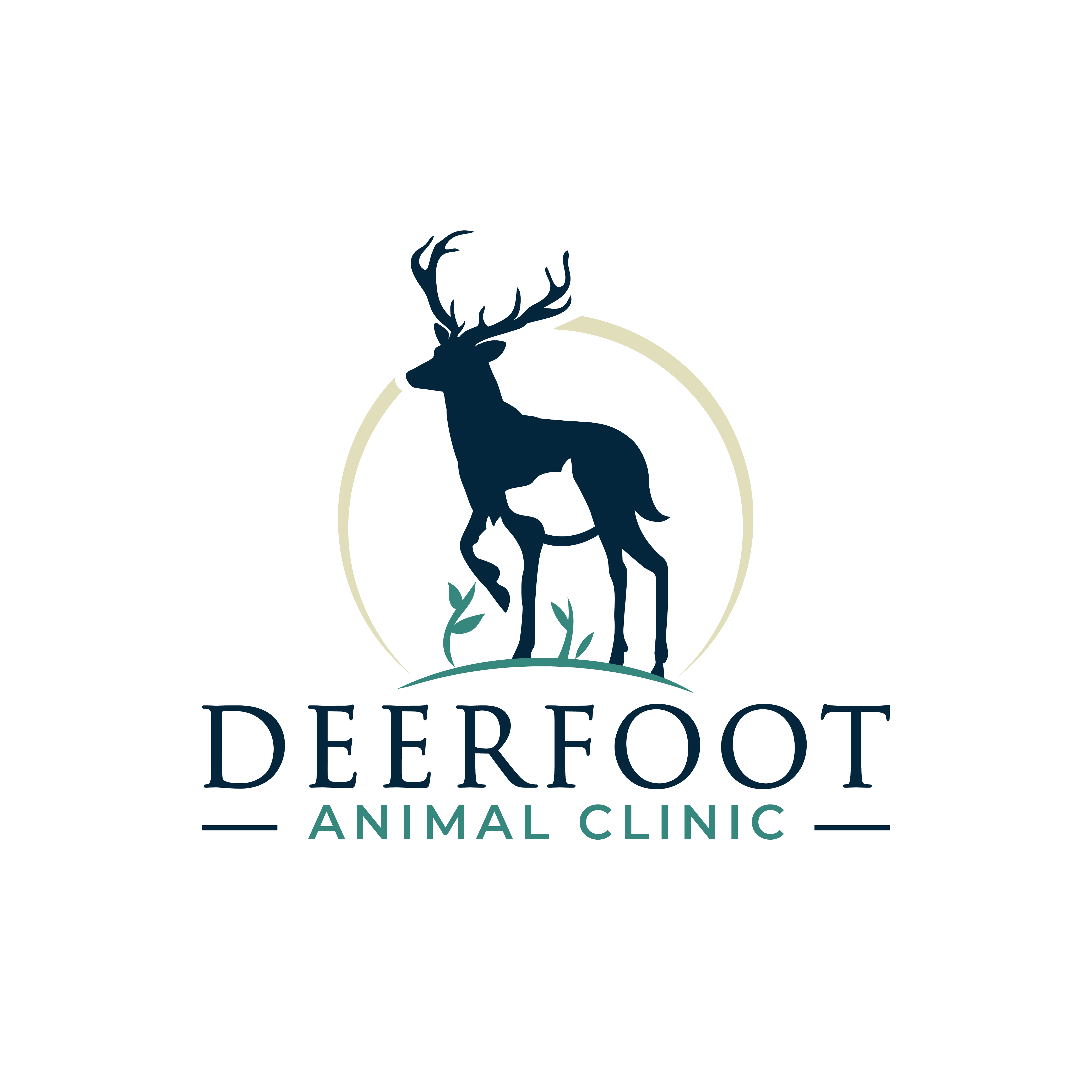The cranial cruciate ligament (CrCL, see Figure 1.) is one of the most important stabilizers inside the canine knee (stifle) joint, the middle joint in the back leg. In humans the CrCL is called the anterior cruciate ligament (ACL).
The meniscus is a ‘cartilage-like’ structure that sits in between the femur (thigh) and tibia (shin) bones. It serves many important purposes in the joint such as shock absorption, position-sensing, and load-bearing and can be damaged when the CrCL is ruptured.
Rupture of the CrCL is one of the most common reasons for hind limb lameness, pain, and subsequent knee arthritis. Since the development of this problem in dogs is much more complex than in humans, and they experience different degrees of rupture (partial or complete), the canine condition is referred to as ‘cranial cruciate ligament disease’ (CrCLD). While the clinical signs (symptoms) associated with CrCLD vary, the condition invariably causes rear limb dysfunction and pain.
Most commonly CrCLD is caused by a combination of many factors, including aging of the ligament (degeneration), obesity, poor physical condition, genetics, conformation (skeletal shape and configuration), and breed. With CrCLD, ligament rupture is a result of subtle, slow degeneration that has been taking place over a few months or even years rather than the result of acute (sudden) trauma to an otherwise healthy ligament (which is very rare). This difference between people and dogs explains two important features of canine CrCLD:
- 1. 40-60% of dogs that have CrCLD in one knee will, at some future time, develop a similar problem in the other knee.
- 2. Partial tearing of the CrCL is common in dogs and progresses to a full tear over time.
Cranial cruciate ligament disease can affect dogs of all sizes, breeds, and ages, but rarely cats. Certain dog breeds are known to have a higher incidence of CrCLD (Rottweiler, Newfoundland, Staffordshire Terrier, Mastiff, Akita, Saint Bernard, Chesapeake Bay Retriever, and Labrador Retriever) while others are less often affected (Greyhound, Dachshund, Basset Hound, and Old English Sheepdog). A genetic mode of inheritance has been shown for Newfoundlands and Labrador Retrievers.
Poor physical body condition and excessive body weight are risk factors for the development of CrCLD. Both of these factors can be influenced by pet owners. Consistent physical conditioning with regular activity and close monitoring of food intake to maintain a lean body mass is advisable.
Signs and Symptoms:
Dogs with CrCLD may exhibit any combination of the following signs (symptoms):
- difficulty rising from a sit
- trouble jumping into the car
- decreased activity level
- lameness (limping) of variable severity
- muscle atrophy (decreased muscle mass in the affected leg)
- decreased range of motion of the knee joint
- a popping noise (which may indicate a meniscal tear)
- swelling on the inside of the shin bone (fibrosis or scar tissue)
- pain
- unwillingness to play
- stiffness
Diagnostics:
Diagnosing complete tears of the CrCL is easily accomplished by a veterinarian using a combination of gait observations, physical examination findings, and radiography (X-rays). By contrast, partial CrCL tears may be more challenging to diagnose.
X-rays allow your veterinarian to:
- confirm the presence of joint effusion (fluid accumulation in the joint, indicating that there is an abnormality present)
- evaluate for the presence/degree of arthritis
- take measurements for surgical planning
- rule out concurrent disease conditions
Specific palpation techniques that veterinarians use to assess the CrCL include the ‘cranial drawer test’ and the ‘tibial compression test.’ These tests can confirm abnormal motion within the knee consistent with rupture of the CrCL.
Treatment:
Many treatment options are available for CrCLD. The first major decision is between surgical treatment and non-surgical (also termed conservative or medical) treatment/management. The best option for your pet depends on many factors including their: activity levels, size, age, skeletal conformation, and degree of knee instability.
Surgical treatment is typically the best treatment for CrCLD since it is the only way to permanently control the instability present in the knee joint. Surgery addresses one of the main issues associated with CrCLD—knee instability and the pain it causes as a consequence of the loss of normal CrCL structural support.
The goal of surgery is not to “repair” the CrCL itself. Due to biological and mechanical influences, the CrCL has no ability to heal once tearing begins regardless of the degree of severity. Unlike in human ACL surgery, the canine CrCL is not typically “replaced” with a graft. This fact is largely due to the major mechanical differences that exist between biped (human) and quadruped (canine) knees that make graft-based techniques less reliable in dogs. If present concurrently, meniscal injury will be addressed by your surgeon by removing the damaged meniscal parts when performing surgery.
